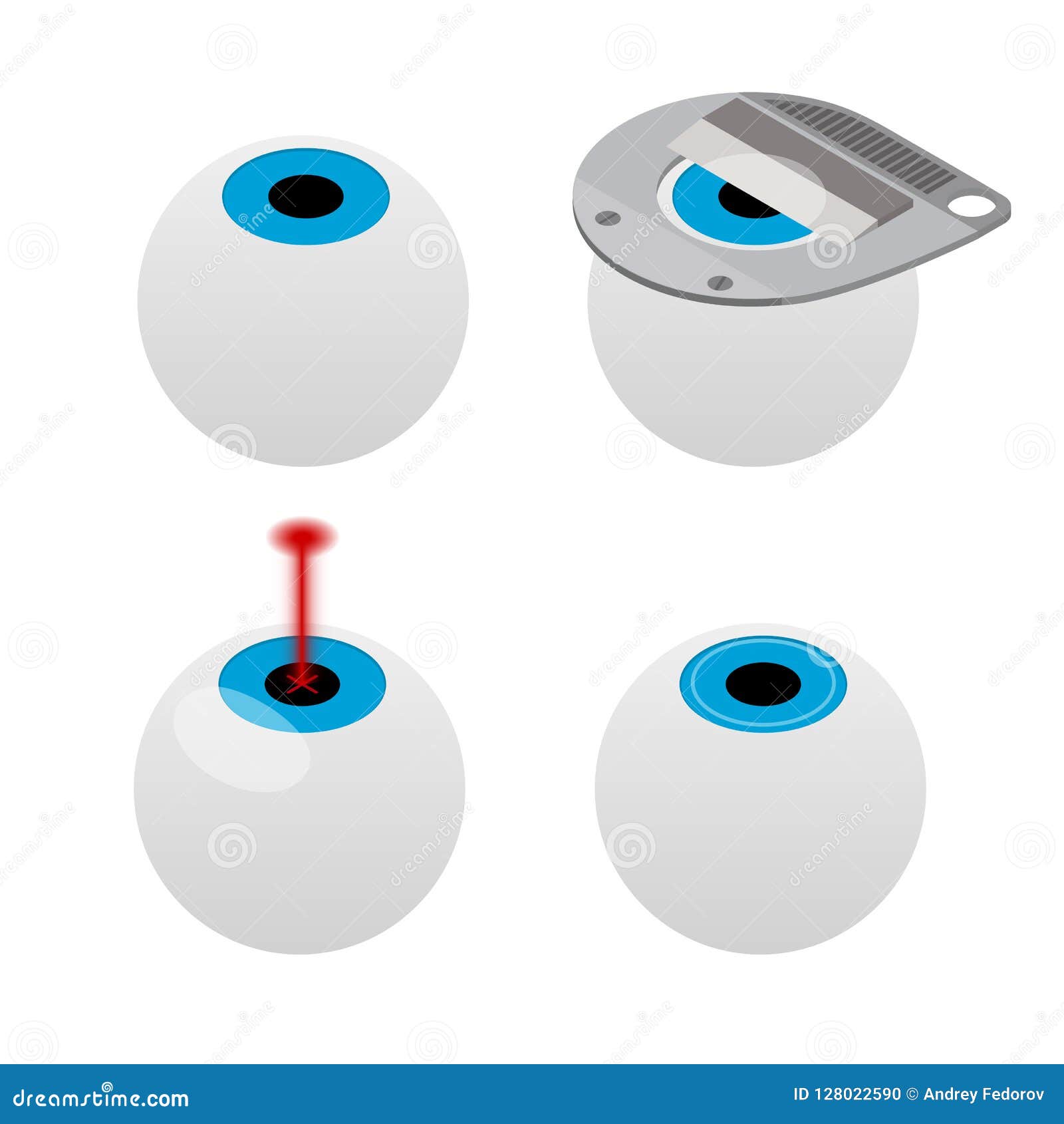Do You Intend To Learn More About The History And Latest Growths In Glaucoma Therapy Choices?
Do You Intend To Learn More About The History And Latest Growths In Glaucoma Therapy Choices?
Blog Article
Staff Writer-Bray Alstrup
Did you recognize that the evolution of glaucoma treatment methods extends centuries, encompassing both typical solutions and advanced technologies? From ancient organic mixtures to sophisticated Minimally Intrusive Glaucoma Surgical treatment techniques, the range of options is vast. As you delve into the complexities of typical versus cutting-edge methods, you may discover surprising understandings that challenge conventional point of views on treating this widespread eye problem.
Historic Evolution of Glaucoma Treatments
The historic evolution of glaucoma treatments goes back to ancient people where various treatments were utilized to manage the condition. In ancient Egypt, for instance, treatments involved a blend of honey, fat, and sour milk put on the eyes. The Greeks and Romans also contributed to early glaucoma treatments with a concentrate on topical applications and dietary interventions. Throughout background, diverse societies created unique techniques to ease the signs of glaucoma, commonly rooted in natural solutions and superstitious notions.
As time advanced, improvements in medical knowledge brought about even more organized methods to treating glaucoma. In The Center Ages, Arabic scholars made considerable payments by studying the makeup of the eye and establishing surgical strategies to address eye problems. These very early technologies laid the structure for contemporary glaucoma therapies that we have actually today. Recognizing when cataract surgery is necessary of glaucoma treatments supplies valuable insights right into the continuous progression and refinement of clinical techniques over the centuries.
Comparison of Traditional Approaches
In contrasting conventional methods for treating glaucoma, take into consideration the historical contexts and efficiency of different treatments.
how long to recover from cataracts surgery for glaucoma have actually progressed over centuries, from ancient techniques like using honey and white wine to much more recent improvements such as eye drops and surgical procedures. Historically, treatments like the application of leeches or natural mixtures were utilized to ease symptoms, but their efficiency was restricted.
As time advanced, techniques like iridectomy, where a part of the iris is eliminated, became prominent for lowering intraocular stress. Some traditional methods, like using oral medications to decrease eye stress, have actually stood the test of time and are still used today. However, Blade Free LASIK include negative effects and might not be as effective as modern-day choices.
It's important to consider the historic significance of conventional glaucoma therapies against their efficiency in the context of current clinical improvements.
Assessment of Innovative Treatment Techniques
Thinking about the progressing landscape of glaucoma therapy, ingenious methods are reinventing the means this eye problem is taken care of.
One significant innovation is minimally intrusive glaucoma surgical procedure (MIGS), which uses a much less invasive alternative to typical procedures. MIGS intends to decrease intraocular pressure by improving the eye's natural water drainage system, bring about fewer complications and faster recuperation times contrasted to conventional surgical procedures.
Additionally, how to find the best doctor for cataract surgery of sustained-release medication shipment systems has actually supplied a much more reliable way to carry out glaucoma medication. These systems can release medication gradually over a prolonged period, boosting client adherence and decreasing the regularity of eye drops.
Additionally, emerging modern technologies like careful laser trabeculoplasty (SLT) offer a non-invasive alternative for lowering intraocular stress by targeting details cells in the eye's drain system.
Conclusion
As you review the evolution of glaucoma therapies, you can see exactly how typical techniques have actually led the way for innovative approaches to emerge.
From old treatments to contemporary improvements, the trip of treating this facility eye condition has been like a rollercoaster adventure.
But with new techniques like MIGS and sustained-release medication distribution, the future looks brighter than ever before for patients looking for reliable and less invasive services.
